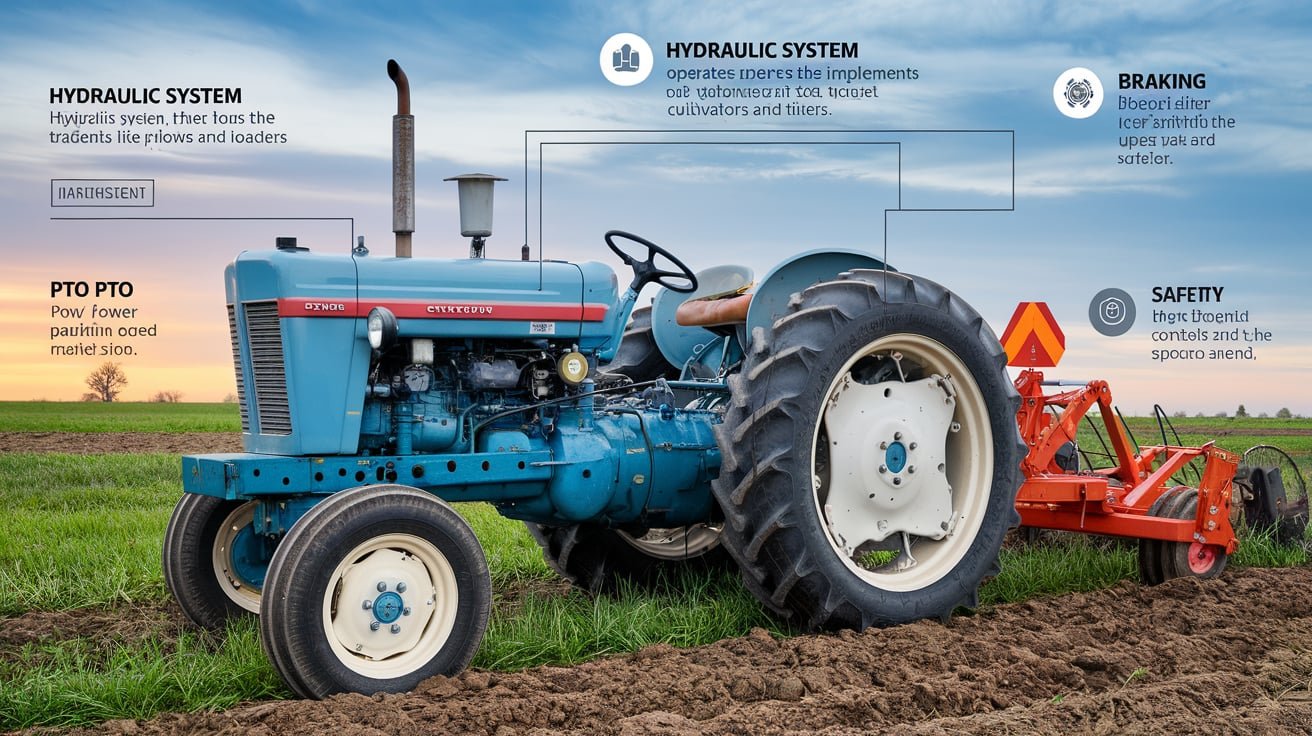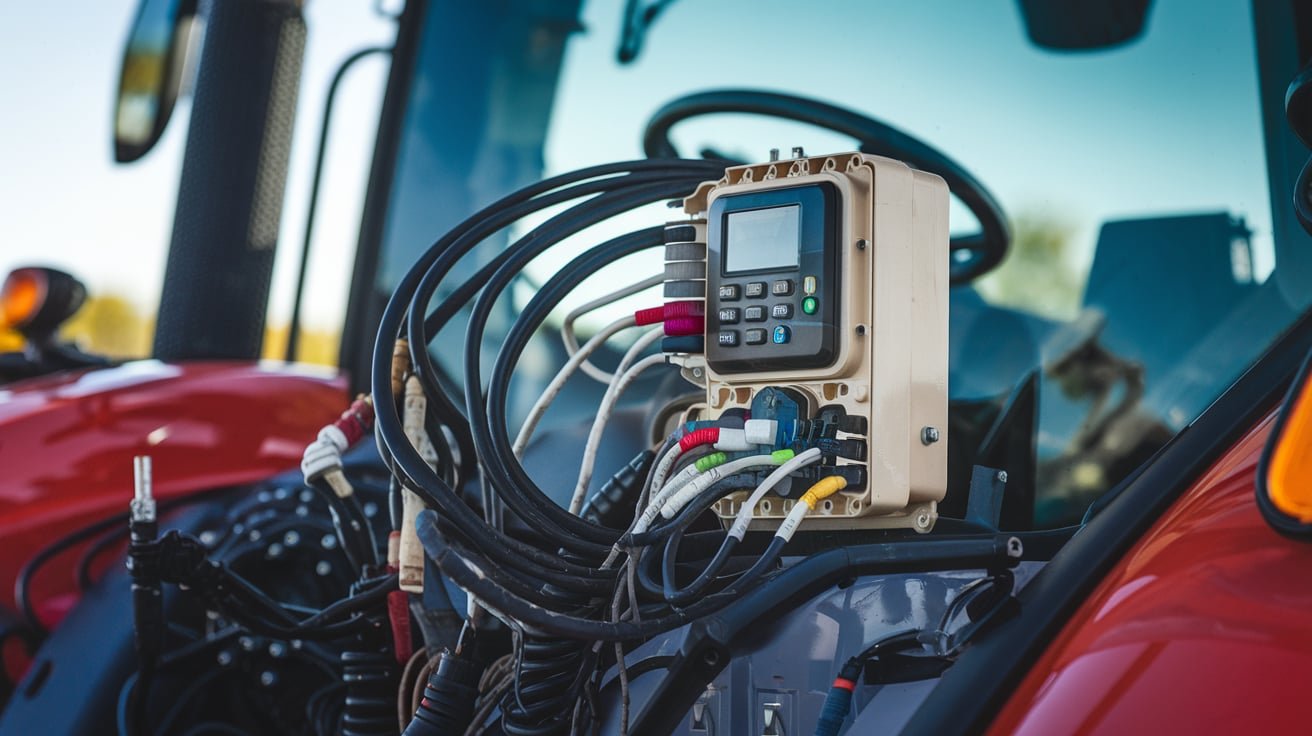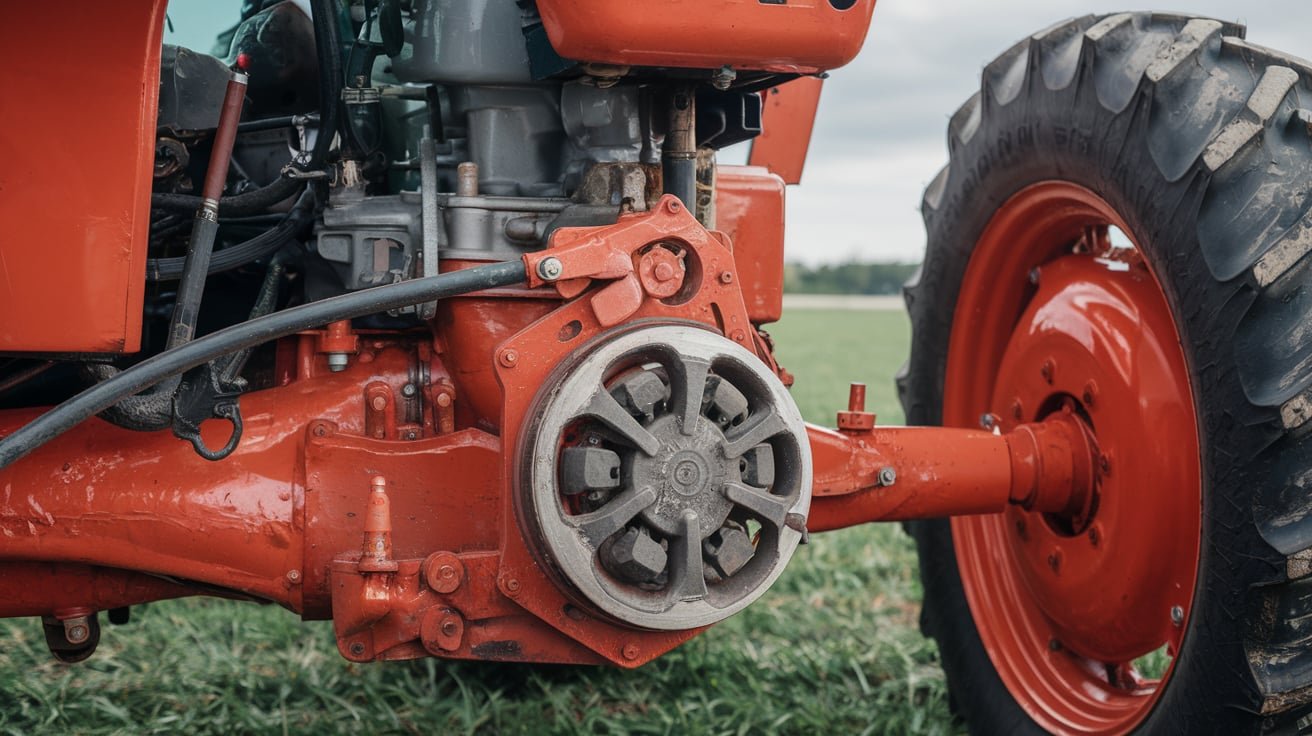Recent Posts
Post Archive
Connect With Us
-

What Temperature Should a Tractor Thermostat Operate At?
The operating temperature of a tractor thermostat can vary somewhat depending on the specific model and manufacturer. Here’s a breakdown for the 10 tractor models we’ve been discussing: John Deere 6R Series. Thermostat operating temperature: 180-190°F (82-88°C) Case IH Magnum. Thermostat operating temperature: 185-195°F (85-91°C) New Holland T7 Series. Thermostat operating temperature: 182-194°F (83-90°C) Massey…
-

How Long Should You Allow Your Tractor to Warm Up?
John Deere 6R Series. Warm-up time: 3-5 minutes Conditions: Case IH Magnum. Warm-up time: 2-3 minutes Conditions: New Holland T7 Series. Warm-up time: 3-4 minutes Conditions: Massey Ferguson 8S Series. Warm-up time: 2-4 minutes Conditions: Kubota M7 Series. Warm-up time: 3-5 minutes Conditions: Fendt 700 Vario Series. Warm-up time: 1-3 minutes Conditions: Claas Axion 800.…
-

What Is the Maximum Operating Temperature of a Tractor?
The maximum operating temperature of a tractor can vary depending on the specific model and manufacturer. Generally, most tractors are designed to operate safely at temperatures up to about 200-230°F (93-110°C) for the engine coolant temperature. However, it’s important to note that optimal operating temperatures are typically lower, usually around 180-200°F (82-93°C). Here are 10…
-

How to start an old tractor that has been inactive?
Starting an old tractor that has been inactive for a long time requires careful preparation. Here’s a step-by-step approach: Owning a vintage tractor represents more than just possessing an agricultural implement; it embodies a connection to history and craftsmanship that has stood the test of time. These machines, often characterized by their sturdy builds and…
-

How to start a tractor with a dead battery?
Here are some methods to start a tractor with a dead battery: Safety precautions: A dead battery in a tractor can feel like hitting a brick wall, especially when you have time-sensitive farming tasks awaiting your attention. Whether you rely on your tractor for planting, harvesting, or maintaining the land, encountering a lifeless battery is…
-

What is the transmission system of a tractor?
The transmission system of a tractor is responsible for transferring power from the engine to the wheels and implements. Here’s a concise overview of the tractor transmission system: Understanding the transmission system of a tractor is essential for optimizing agricultural operations. The transmission system serves as the critical link between the engine’s power output and…
-

What are the subsystems of a tractor?
Tractors have several subsystems that work together to perform various functions. Here’s a concise overview of the main subsystems: Tractors are integral to modern agricultural practices, serving as the backbone of land cultivation and crop production. Their ability to perform a wide range of tasks—from plowing and planting to harvesting—substantiates their role in enhancing productivity…
-

What are the 5 systems of a tractor?
The five main systems of a tractor are: Additional important subsystems: Tractors serve as fundamental assets within the agricultural industry, providing farmers with essential capabilities for land preparation, planting, and harvesting. As versatile machines, tractors enhance productivity and efficiency on various scales of farming operations. Their robust designs allow them to perform a wide range…
-

Where Is the Clutch Located in a Tractor?
The clutch in a tractor is typically located between the engine and the transmission. Here’s a more detailed breakdown of its location and related components: In tractor operation, the clutch serves a critical function by enabling the operator to engage and disengage engine power from the transmission system. This mechanism not only facilitates smooth transitions…
-

Electronic Control Unit (ECU)’s Role in Modern Tractors
The Electronic Control Unit (ECU) plays a central role in modern tractors, managing various systems for optimal performance. Here’s a concise overview of its functions: In the heart of today’s agricultural revolution lies a small but formidable component: the electronic control unit, or ECU. This remarkable piece of technology is reshaping how tractors operate, driving…
-

What Role Does the Clutch Play in Tractors?
The clutch plays a crucial role in tractors. Here’s a concise overview of its functions: The clutch is a critical component in mechanical systems, designed to engage and disengage power transmission between the engine and the drivetrain. Its primary function is to enable smooth operation during gear shifts by controlling torque transfer, which ultimately facilitates…
-

What Does the Throttle Do in a Tractor?
The throttle in a tractor serves several important functions: In the context of agricultural machinery, the throttle serves a critical role in managing engine performance by regulating fuel and air flow to the combustion chamber. This regulation directly influences engine revolutions per minute (RPM) and power output, ensuring that tractors operate efficiently under varying load…









